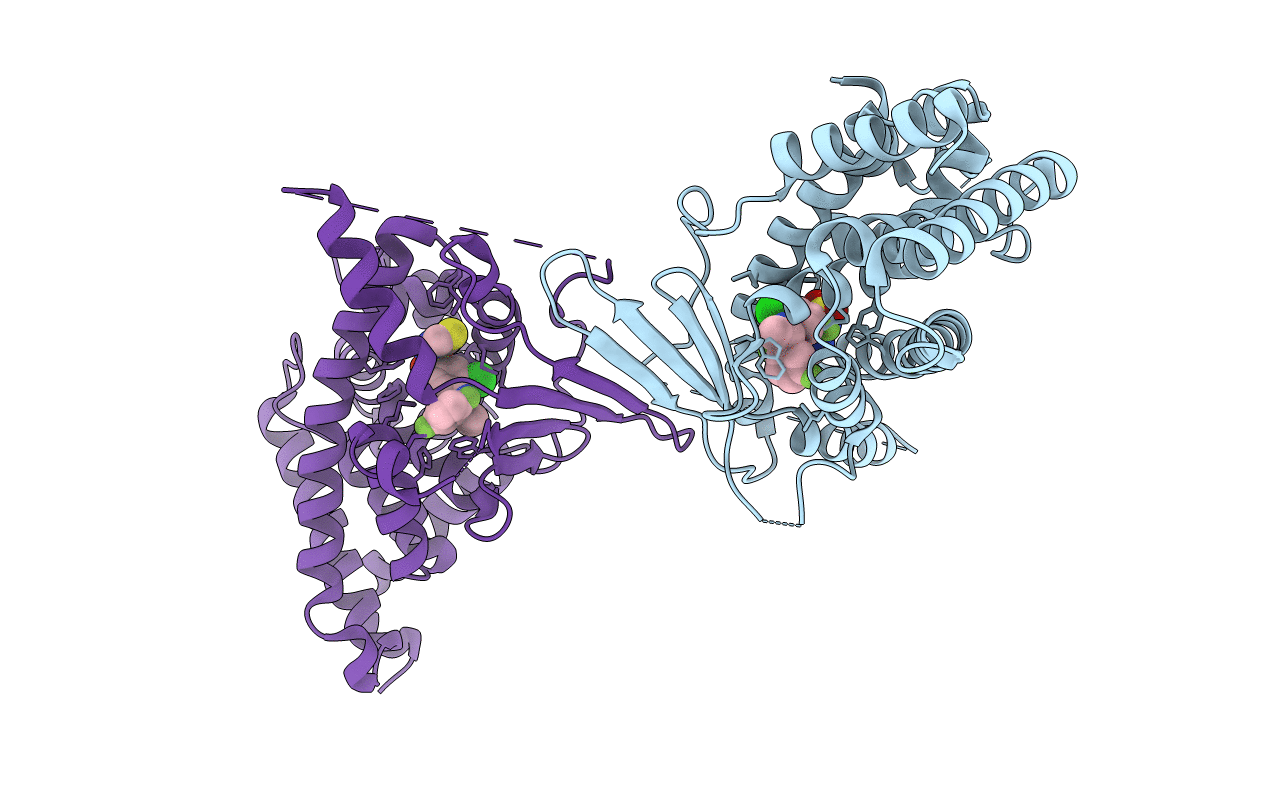
Deposition Date
2019-06-26
Release Date
2019-10-02
Last Version Date
2024-05-15
Method Details:
Experimental Method:
Resolution:
2.70 Å
R-Value Free:
0.25
R-Value Work:
0.21
R-Value Observed:
0.21
Space Group:
P 21 21 21


